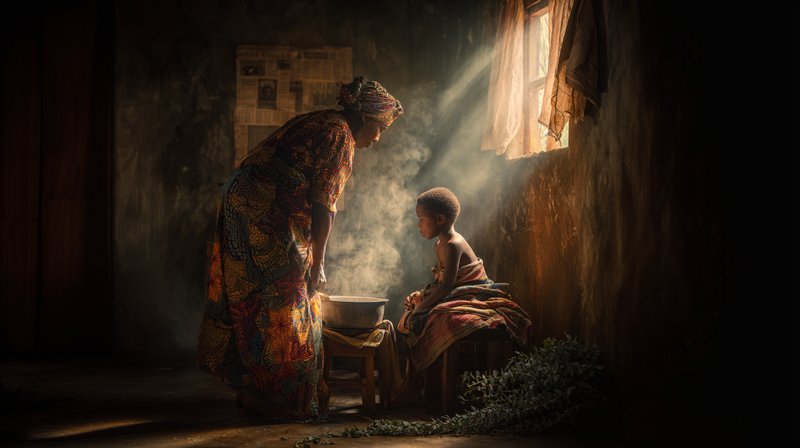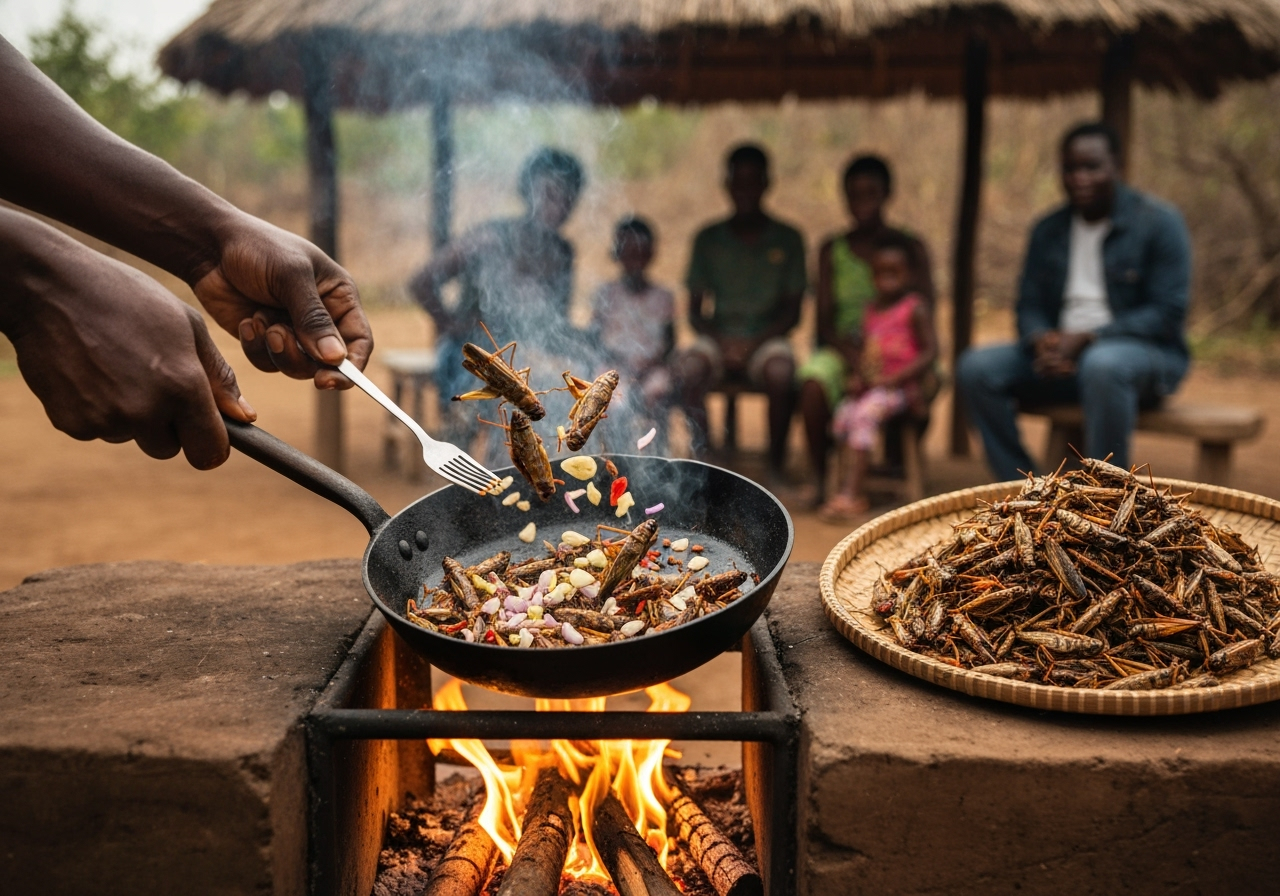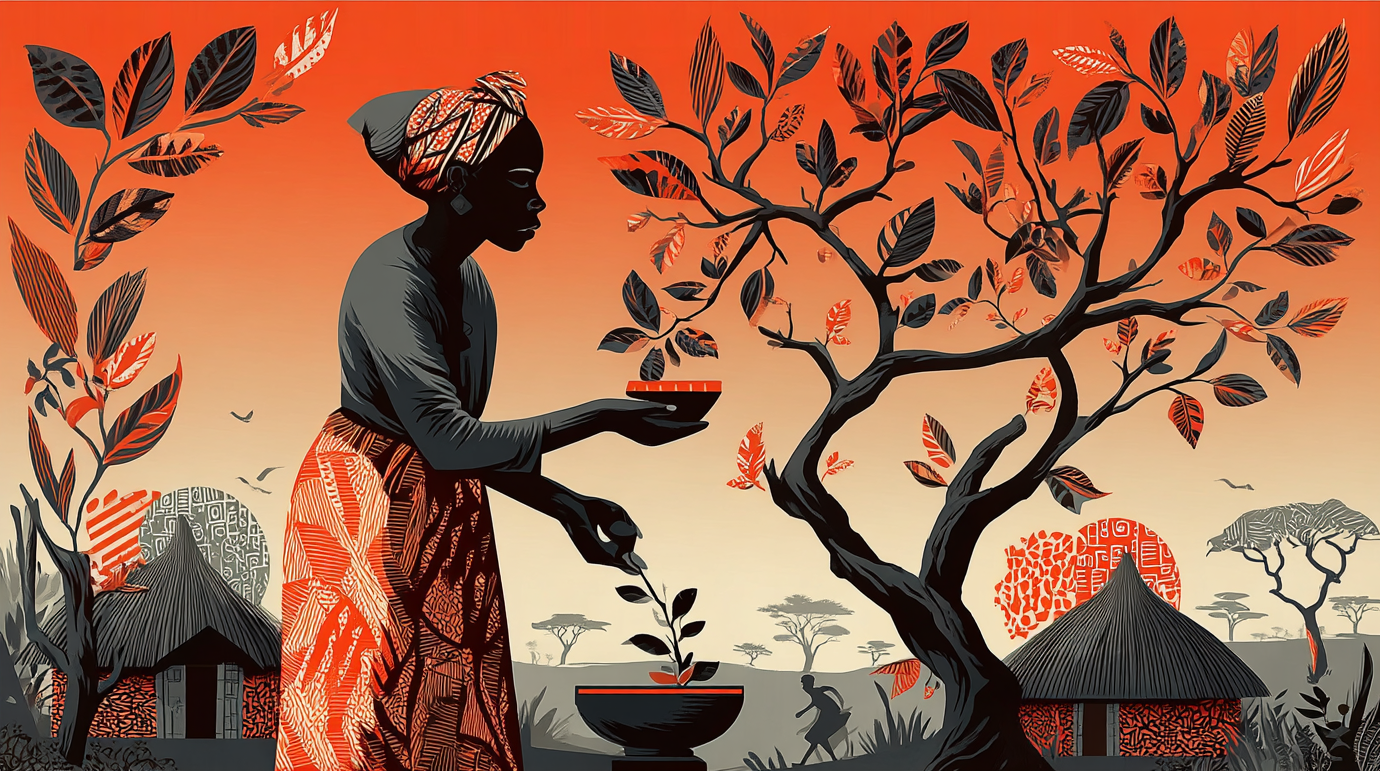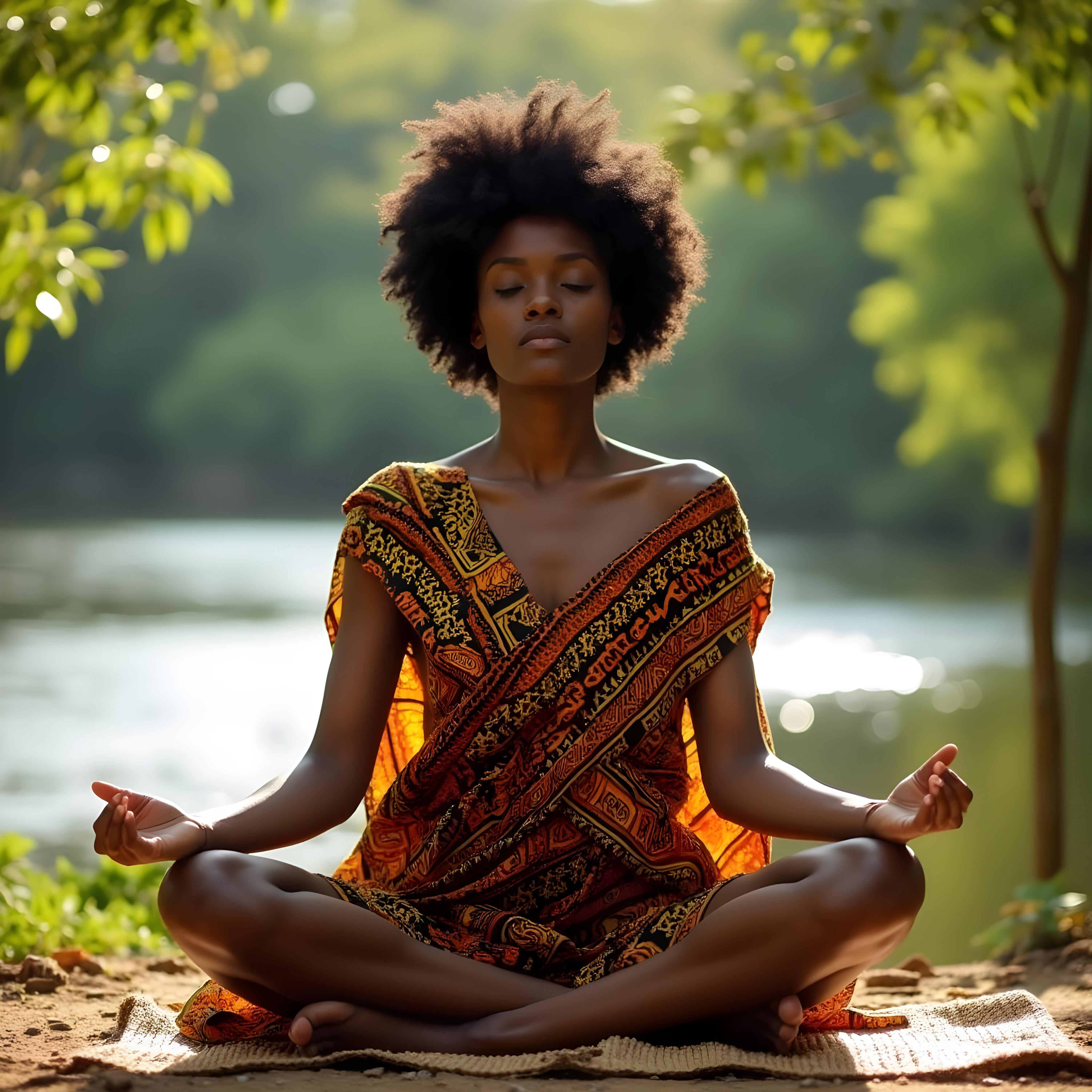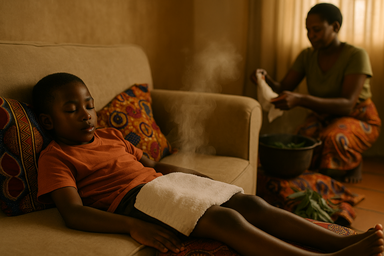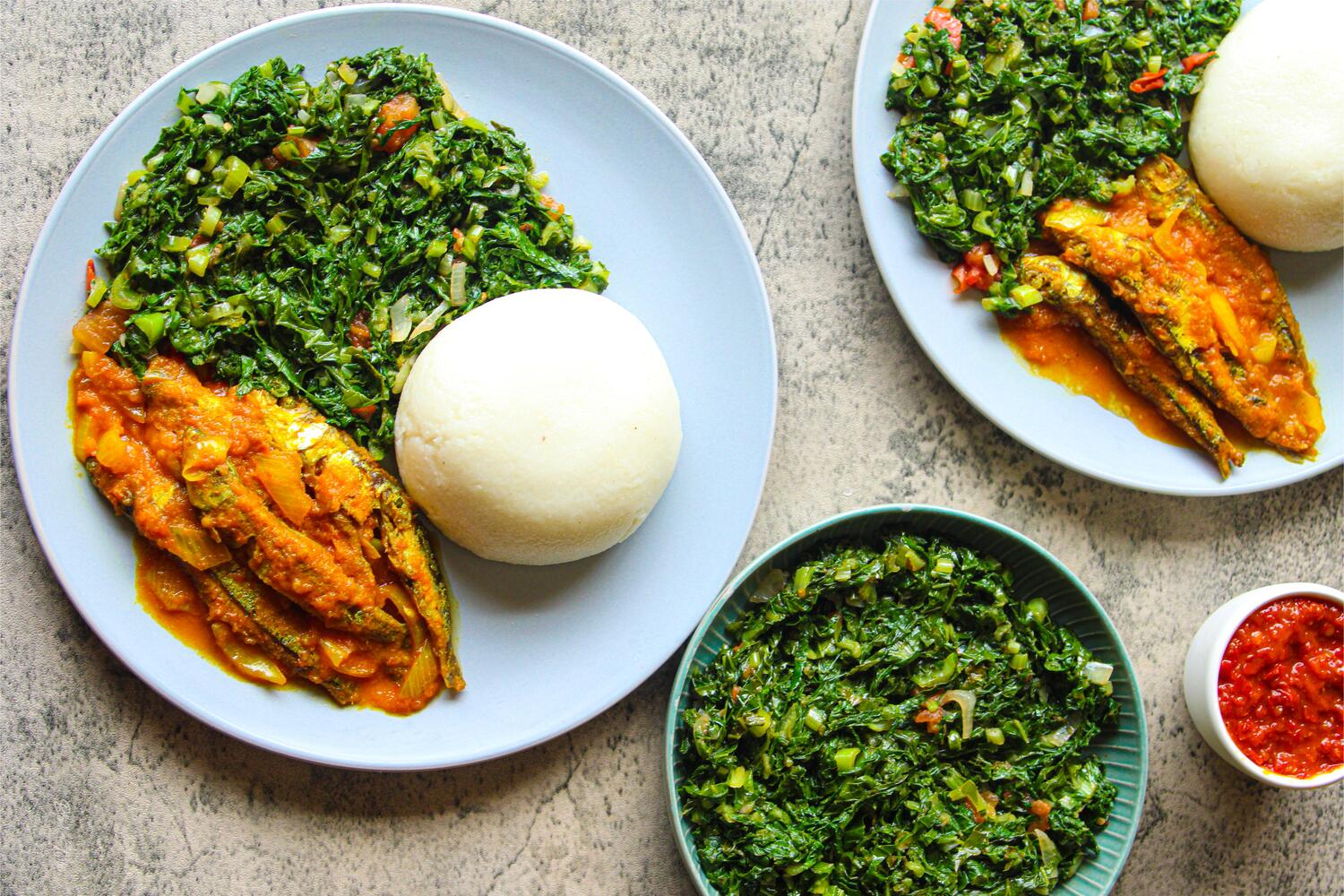Long before the world embraced "organic living" and "natural remedies," Zambian grandmothers were quietly practising holistic healing in their kitchens. More than health hacks, these remedies represent a continuous thread of communal wisdom, female agency, and indigenous knowledge that challenges us to remember what we've always known: sometimes the most powerful medicine grows right outside our windows.
Certain smells, sounds, and sights instantly take any Zambian back. The sharp scent of eucalyptus steam bellowing from a tucked-away room. The bittersweet sting of fresh aloe juice on a healing wound. The warm, gingery burn sliding down your throat. These are markers of our communal wisdom, passed from generation to generation, bottle to teacup, pot to gourd.
While the world now praises organic living and natural remedies, Zambians have quietly practiced this for decades. We didn’t call it “holistic” or “plant-based.” We just called it home.

Eucalyptus
If you ever had a stubborn cough or a congested chest growing up, chances are you were marched into a room, made to sit on a stool, and covered head to toe in a thick chitenge or blanket while someone poured boiling water into a basin filled with eucalyptus leaves. And then you breathed. You sweated. You coughed. You emerged, feeling clearer, calmer, lighter.
Eucalyptus, or blue gum, has long been a staple in Zambian households, especially during the cold or flu seasons. Its potent menthol-like aroma isn’t just for show; it contains cineole, a compound with anti-inflammatory, decongestant, and antimicrobial properties. During the COVID-19 pandemic, the practice made a grand return, both for protection from the virus and renewed communal connection: aunties calling each other with tips, neighbours handing over leaves wrapped in plastic, and families steaming together.
Ginger
Whether it was sliced into hot water, mashed with garlic and honey, or chewed directly, ginger is always close by when a Zambian body needs warmth and immunity.
We didn’t need scientific journals to tell us it reduced inflammation, eased nausea, or soothed sore throats. We felt it in our sinuses clearing after a cup, and in our chests, loosening up after a heavy flu.
Moringa
Although many of us didn’t appreciate its bitter aftertaste growing up, the green specks studding nshima or floating in soup, now we know that moringa is a miracle hiding in plain sight.
Packed with vitamin A, iron, calcium, protein, and antioxidants, moringa leaves are crushed, dried, brewed, or added to food, especially for women during pregnancy or recovery. In rural areas, seeds are also soaked to “clean the blood,” a traditional expression for detoxification. In modern terms, moringa supports liver function and immune strength and reduces inflammation.
And what’s more, it grows easily, resists drought, and flourishes in Zambia’s soil. It has been a resilient green companion, always growing by the fence, waiting to be needed.
Aloe Vera
The relationship between a Zambian child and aloe vera is complicated. Bitter to drink, slimy to touch, stinging on the skin, yet deeply respected.
From minor burns to stomach troubles, aloe is the go-to. Sliced down the middle, gel scooped out for wounds or acne, sometimes blended into drinks or eaten straight (usually with great protest), it is regarded as a cleanser, internal and external.
Now science tells us that aloe contains polysaccharides, antioxidants, and anti-inflammatory compounds, effective in wound healing, skin hydration, blood sugar control, and even digestive regulation. But we don’t need lab coats to tell us that. Do we now?

Papaya Seeds
Papaya or pawpaw, as we call it, is always welcome in Zambian homes. But it isn’t just the fruit that we cherish. Behind closed doors, whispered between older women, were the uses of papaya seeds.
Traditionally believed to act as a natural contraceptive, women would crush and ingest them at intervals. Though evidence in Zambia is mostly anecdotal, regional studies suggest that papaya seeds may affect sperm motility and fertility markers in both men and women. While scientific caution is warranted, these quiet practices point to generations of women taking reproductive health into their own hands way before family planning clinics reached remote areas.
To some, they were just seeds. But to many women, they were agency in the most intimate form.
STI Remedies
In Sesheke and other parts of Western and Southern Zambia, traditional healers continue to treat sexually transmitted infections with decoctions made from tree bark, roots, and wild herbs. One stands out: Ximenia caffra, the large sour plum, is locally known and used for its powerful antibacterial properties. Often combined with other plants like African Blackwood (Peltophorum africanum) and Strychnos spp., these preparations are taken orally or as washes to treat symptoms associated with gonorrhea, syphilis, or other reproductive infections.
In a world where stigma silences people, traditional medicine spoke without judgment, offering healing where healthcare access or cultural comfort was limited.
Coming Full Circle
It’s funny how the world is now rediscovering what we never forgot.
The wellness industry packages these remedies in sleek bottles, fancy labels, and wellness retreats, but we had them first. In kettles, in gardens, in calabashes, in our mother’s careful hands.
Zambia’s traditional household remedies cannot be relegated to mere health hacks. They are evidence that healing is not always found in prescriptions…sometimes, it’s in the leaf outside your window.
As we navigate modern health systems, it’s worth remembering what once sat quietly in our homes, in jars on the shelf or boiling on the stove. Because often, the future of medicine starts with remembering the past.
